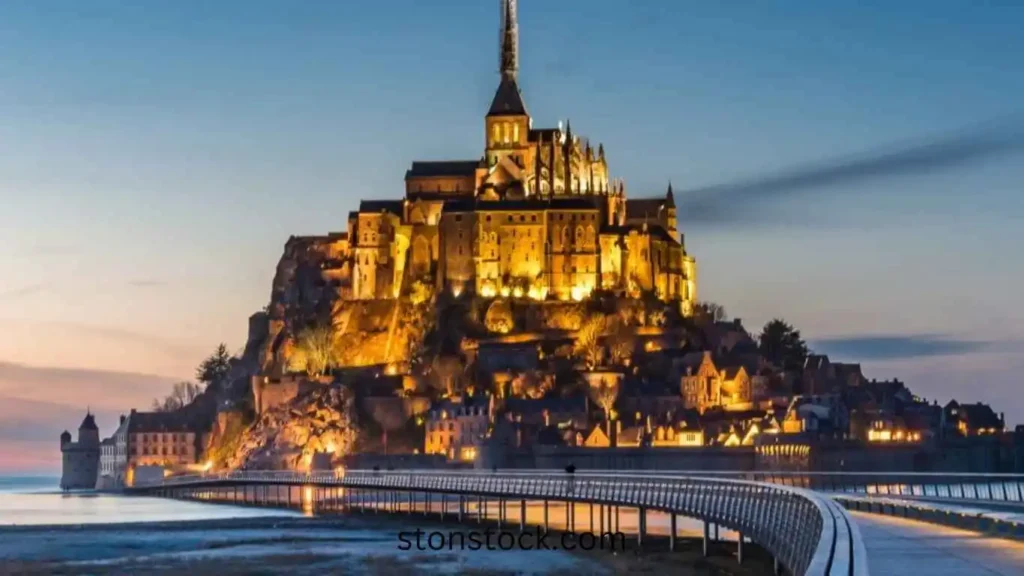Most Beautiful Buildings In The World
This essay is perfect for anybody with an interest in architecture or who has a natural curiosity about the world . Among the world’s most remarkable structures, we will show you our favourites.
Some structures have a wealth of historical and cultural information, and observing the architecture of a location may teach you a lot about its past.
This list ranks the thirty most remarkable structures in the world, ranging from Egypt’s ancient Great Pyramid of Giza to Spain’s stunning Royal Alcazar, designed in the Moorish style.
Palace of Versailles, France

A royal home in the Baroque style is the Palace of Versailles. Louis XIV resided in the palace of this lavish complex, which has been recognised as a World Heritage Site for thirty years, until the French Revolution began in 1789.
King Louis-Phillipe of France repurposed Versailles in the nineteenth century, housing new art and sculpture collections in its halls, and turning it into the Museum of the History of France.
One of France’s greatest architectural marvels, Versailles spans 63,154 square metres and has 2,300 rooms.20 miles from Paris, your tour of the palace includes views of the Royal Stables, the Estate of Trianon, and the gardens.
Taj Mahal, India

The Taj Mahal, which is one of the New Seven Wonders of the World, was constructed between 1632 and 1648 by. Emperor Shah Jahan in memory of his adored wife Mumtaz Mahal, who passed away on June 17, 1631. The mausoleum-style structure took 20 years to build and employed more than 20,000 people during its construction in the early 17th century. Situated on the southern bank of the Yamuna river in India, it is one of. You may find the most remarkable examples of Mughal architecture in Agra, a city in northern India. On the grounds, you may find a mosque and a guesthouse.
The white marble used to construct the Taj Mahal came from Makrana in Rajasthan, and its design incorporates elements of Islamic, Persian, and Indian architecture.. The structure also made use of other exquisite materials, including Afghan lapis lazuli, Sri Lankan and Arabian sapphire, Chinese jade and crystal, and Tibetan turquoise.
Neuschwanstein Castle, Germany

Located in southern Bavaria, Germany, the castle is a 19th-century Romanesque Revival mansion perched above the community of Hohenschwangau. King Ludwig II of Bavaria commissioned Neuschwanstein as. A retreat and a memorial to the well-known German musician and theatre director Richard Wagner. It’s interesting to note that the King used his own money instead of Bavarian state funding to construct the location.
Entering Neuschwanstein now, you’ll see that . A lot of the rooms—like the Singers Hall, for example—were inspired by some of Wagner’s characters. By the way, the name “Neuschwanstein” actually translates to “New Swan Castle,” alluding to one of the composer’s characters known as “the Swan Knight.”
Semperoper Dresden, Germany

The Semperoper State Opera, a performance venue in Dresden, Germany, is the home of the Sempreoper Ballet and the Saxon State Orchestra. Built in the middle of the 19th century, the opera has spectacular Baroque and Renaissance architecture. Interspersed with Corinthian pillars, a feature common to the Greek Classical Revival movement.
Mont Saint-Michel Abbey, France

The fact that French composer Claude Debussy often travelled to the island of Le Mont. Saint-Michel to gather inspiration for his piano prelude, La Cathédrale Engloutie, may surprise you.. The Mont-Saint-Michel Abbey, a well-known cultural landmark in France, is located on the island commune. Constructed in the tenth century, the abbey has a variety of architectural features, including Gothic, Roman, and West Roman characteristics. The Church abbey and chapels, the “Merveille” and the monastic structures, and other sections make up this massive monument.
Take a train from the Montparnasse train station and travel to Rennes to reach Mont Saint-Michel from Paris. You may get a bus from Rennes to the town of Mont St. Michel. It costs nothing to enter the abbey.
Senedd, Wales

The Senedd building in Cardiff, Wales, houses the debating chamber and three committee rooms for the Welsh Parliament. Located 3km south of Cardiff Castle, the building was designed by Rogers Stirk Harbour + Partners. Which created a dramatic light-weight, gently undulating roof for the building. The main idea of the architects was to plan a transparent building that looks towards Cardiff Bay. Making visible the inner workings of the Assembly and inviting public participation in the democratic process.







